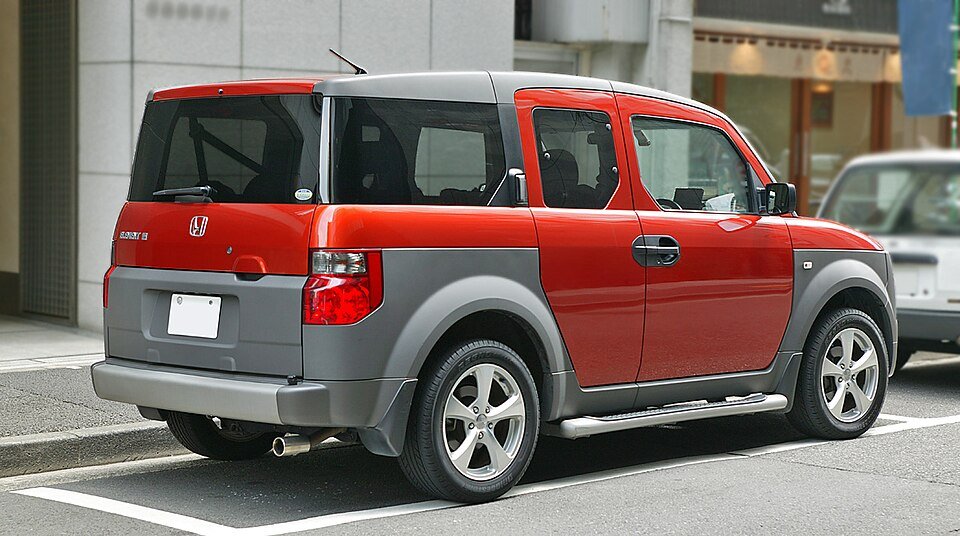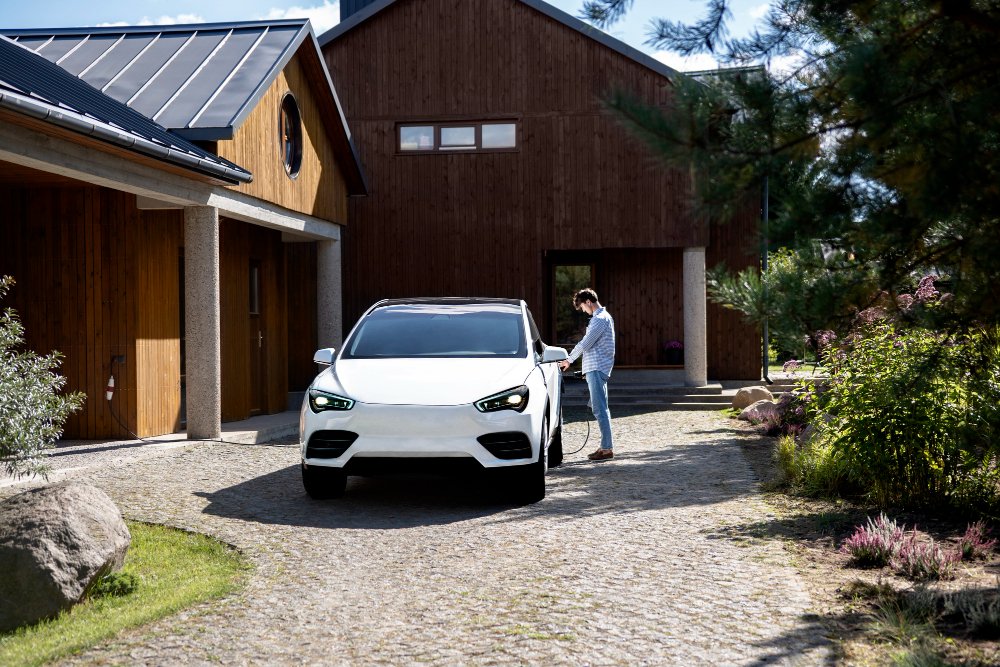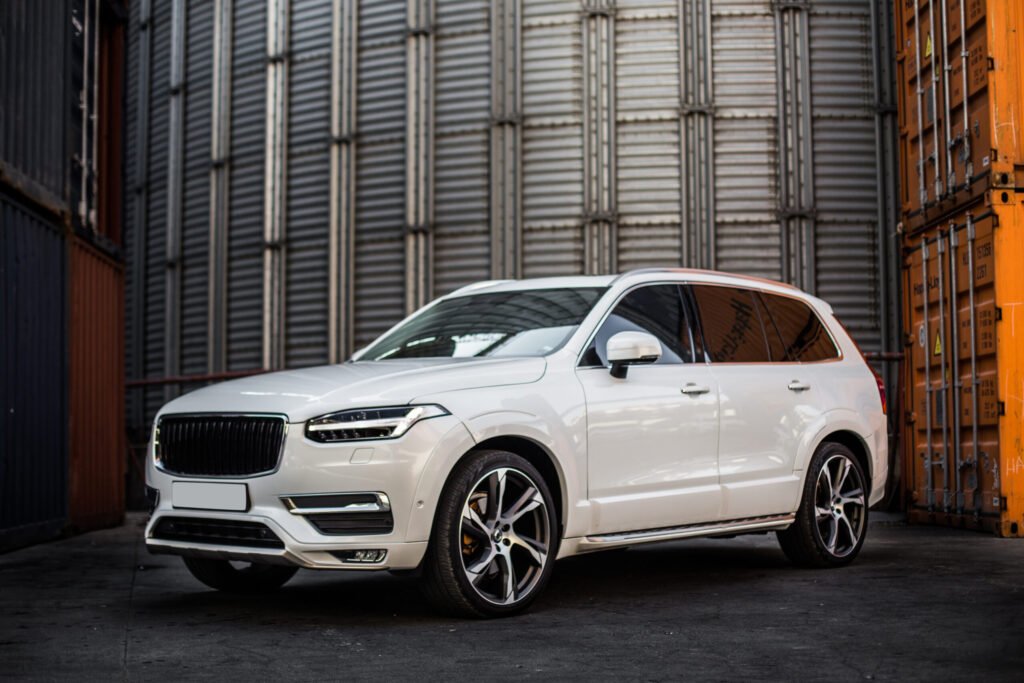When it comes to practicality and personality in the compact SUV world, few vehicles stand out like the Honda Element. Known for its boxy design, modular interior, and unmatched versatility, the Element became a cult favorite among pet owners, campers, and creative professionals.
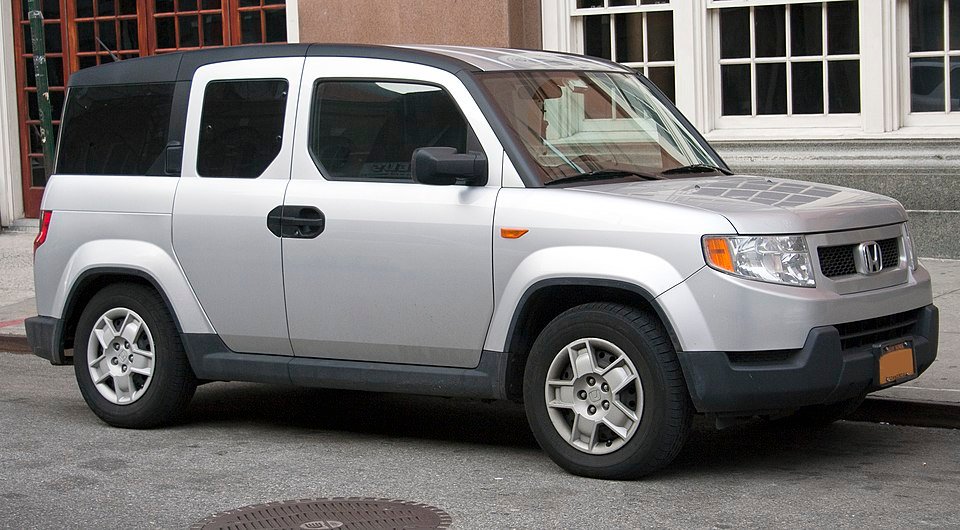
Launched in the early 2000s, the Honda Element broke away from traditional SUV norms, offering a blend of ruggedness and urban flair. Though production ended in 2011, its legacy continues, with used models still commanding loyal fan bases and high resale value.
In this article, we’ll explore what made the Honda Element such a standout in automotive history, its key features, advantages, and even how it fits into future trends of vehicle design.
What Is the Honda Element?
The Honda Element is a compact crossover SUV manufactured by Honda between 2003 and 2011. Built on the same platform as the Honda CR-V, it was designed to appeal to young, active drivers who valued flexibility and function over flash.
Distinctively box-shaped with wide-opening side doors, a durable interior, and fold-flat seats, the Element was unlike anything else on the road. Its rugged aesthetic and utilitarian features made it equally suited for city streets and outdoor adventures.
Notable specifications include:
- Engine: 2.4L i-VTEC 4-cylinder
- Horsepower: Around 166 hp
- Transmission: 5-speed automatic or manual (early models)
- Drive Type: Front-wheel drive or optional all-wheel drive
- Interior: Water-resistant seats, flat-folding rear seats, washable floors
The Honda Element was often described as a “Swiss Army knife on wheels”—adaptable, reliable, and ready for anything.
Key Benefits and Advantages
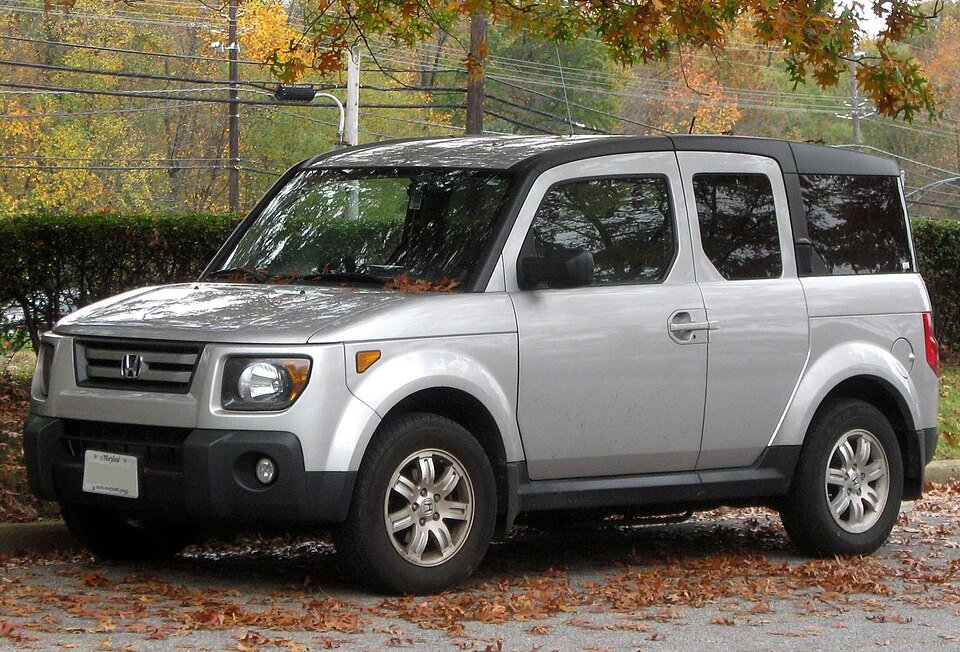
1. Unmatched Versatility
The Element’s greatest strength lies in its adaptability. The rear seats can fold flat, fold up to the sides, or be removed entirely, transforming the cabin into a mini cargo van. Whether hauling bikes, camping gear, or moving furniture, the Element handles it effortlessly.
2. Pet- and Family-Friendly Design
The Element was one of the first vehicles to cater explicitly to pet owners. Honda even released a “Dog-Friendly” edition with features like a built-in pet bed, ramp, and washable floors. Families and pet lovers alike appreciated its easy-to-clean surfaces and roomy design.
3. Durability and Reliability
True to Honda’s reputation, the Honda Element was engineered for longevity. Its sturdy construction, combined with the proven CR-V platform, made it a long-lasting and dependable vehicle. Many owners report Elements surpassing 300,000 miles with proper maintenance.
4. Compact Yet Spacious
Despite its compact exterior, the Element’s boxy shape maximized interior volume. Its upright design provided excellent headroom and visibility, making it ideal for tall passengers and urban driving alike.
5. Unique Aesthetic Appeal
While polarizing at first, the Element’s box-like design eventually became one of its most iconic features. Its youthful, utilitarian look appealed to outdoor enthusiasts and creative professionals seeking something that stood out from conventional SUVs.
Challenges and Limitations
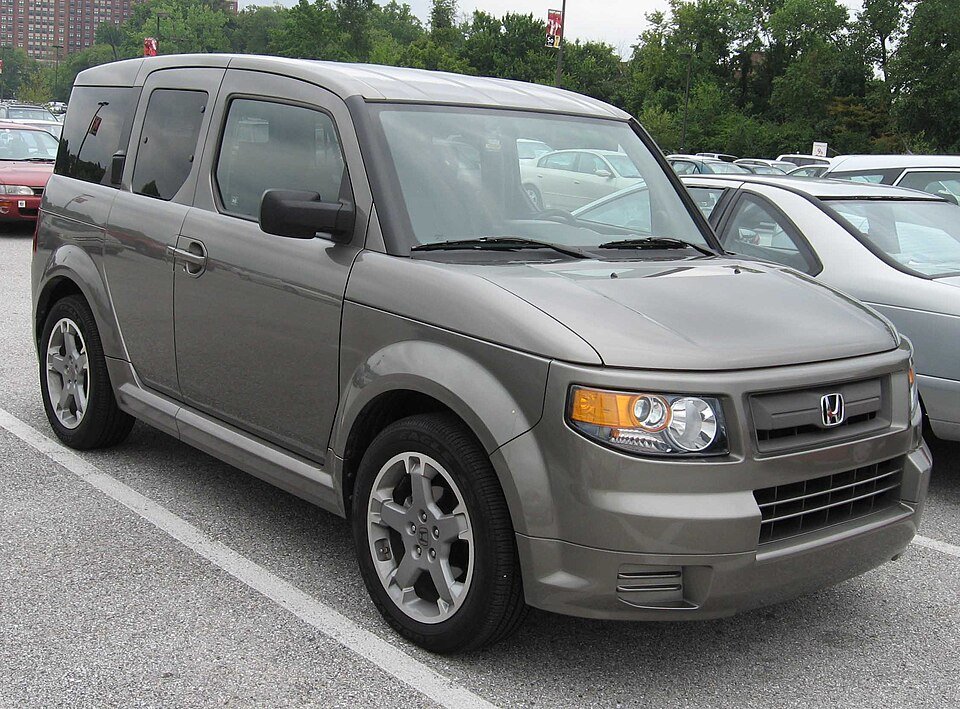
While the Honda Element gained a devoted following, it wasn’t without its drawbacks.
1. Fuel Economy
With a 2.4L engine and a boxy aerodynamic profile, the Element’s fuel economy hovered around 20–25 MPG, which is decent but not exceptional by today’s standards.
2. Discontinued Production
Honda discontinued the Element in 2011, citing slow sales. This means potential buyers today must rely on the used car market. While parts remain accessible, availability may decrease over time.
3. Limited Luxury Features
The Element focused more on function than form. Its interior lacked some of the upscale features found in competitors, such as leather seating or advanced infotainment systems.
4. Ride Comfort
While the Element’s suspension handled bumps well, its boxy shape contributed to higher wind noise at highway speeds compared to sleeker SUVs.
Real-World Examples and Case Studies
1. Outdoor Adventures
The Honda Element quickly became a favorite among adventurers. Outdoor enthusiasts used it as a micro-camper, with the flat-folding seats allowing space for sleeping bags or mattresses. Some owners even converted their Elements into full mini-camper builds, adding rooftop tents and solar panels.
2. Pet-Friendly Families
The Dog-Friendly Edition of the Element—released in 2009—was a first of its kind. With washable floors, a built-in dog bed, and a pet ramp, it set a precedent for automakers to consider pet comfort in vehicle design.
3. Urban Utility
In cities like Portland and San Francisco, the Element became synonymous with the creative class—designers, photographers, and musicians loved its versatility and space. It could double as a work van, road trip vehicle, or everyday commuter.
According to Wikipedia’s Honda Element page, its practicality and longevity have made it a sought-after used model even a decade after production ceased.
Future Trends and Predictions
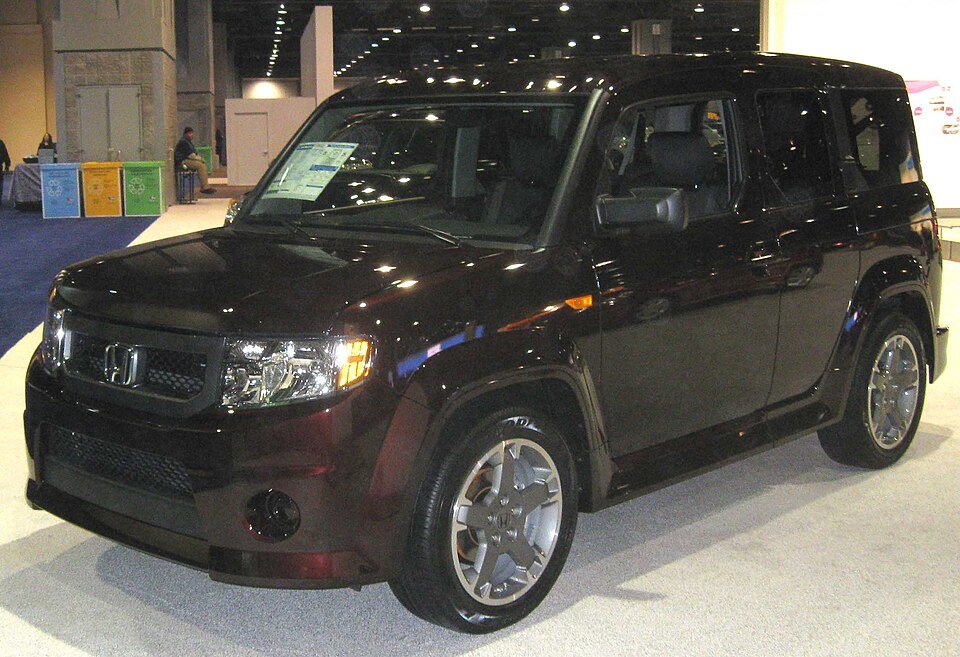
Although the Honda Element is no longer in production, its design philosophy continues to influence modern SUVs and electric vehicles.
1. Possible Comeback as an Electric Vehicle (EV)
Given the growing EV trend, fans speculate that Honda may revive the Element in electric form. A Honda Element EV would fit perfectly into today’s market of compact, eco-friendly utility vehicles.
2. Rise of Modular Vehicle Design
The Element’s modular interior was ahead of its time. Many automakers now explore flexible, customizable interiors—a concept pioneered by the Element two decades ago.
3. Influence on Vanlife and Micro-Camping
The modern “vanlife” movement echoes the Element’s philosophy—mobility, flexibility, and minimalism. Future Honda crossovers might integrate these features, appealing to digital nomads and outdoor adventurers.
4. Retro-Inspired Designs
With nostalgia marketing on the rise, vehicles like the Ford Bronco and VW ID. Buzz have proven that reviving classic models works. A reimagined Honda Element with modern technology and electric power could easily capture a new generation of fans.
FAQ: Honda Element
Is the Honda Element still being made?
No, Honda discontinued the Element after the 2011 model year. However, it remains highly popular in the used car market due to its reliability and versatility.
How reliable is the Honda Element?
Extremely. Many owners report Elements lasting over 250,000 to 300,000 miles with proper care. Its proven engine and Honda build quality make it one of the most dependable SUVs of its time.
How much does a used Honda Element cost today?
Prices vary depending on mileage and condition. As of 2025, most used Elements range between $5,000 and $15,000, with low-mileage models fetching more due to their rarity.
What makes the Honda Element unique?
Its boxy shape, flexible interior, and rugged practicality set it apart from competitors. It’s equally suited for road trips, pet transport, or hauling cargo.
Could the Honda Element make a comeback?
It’s possible. With Honda investing heavily in electric and hybrid models, a revived Honda Element EV could align with the brand’s sustainability goals and appeal to modern consumers.
Conclusion
The Honda Element remains a testament to creative automotive engineering—proof that practicality and character can coexist. Its flexible design, long-lasting reliability, and adventurous spirit continue to inspire a loyal community of owners and enthusiasts.
Though production ended over a decade ago, the Honda Element’s influence endures. From pet-friendly families to outdoor adventurers and urban creatives, it represented freedom and flexibility in a compact, reliable package.
As the automotive world moves toward electric mobility, perhaps it’s time for Honda to revisit the Element’s blueprint—reintroducing a new generation to the joy of simple, smart, and sustainable design.

